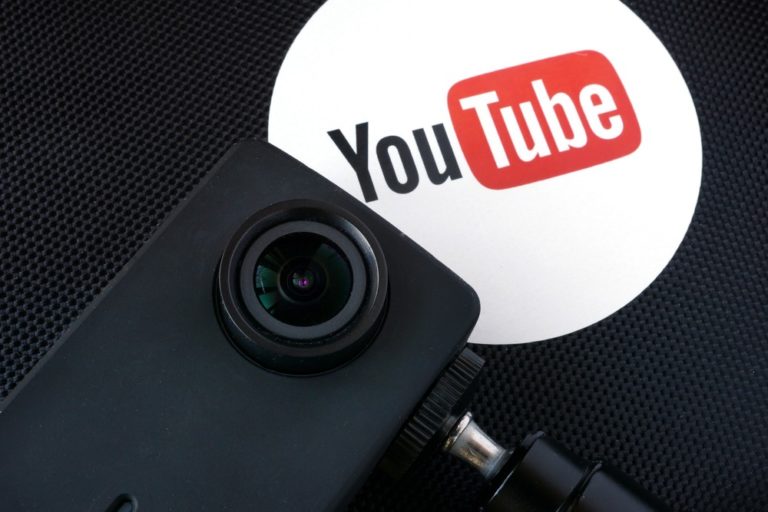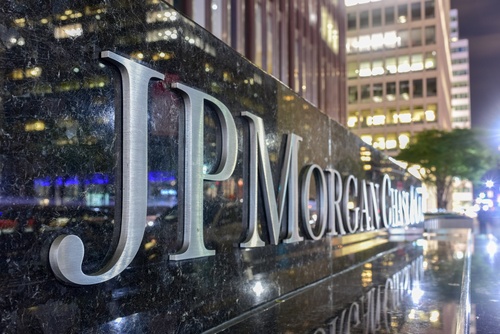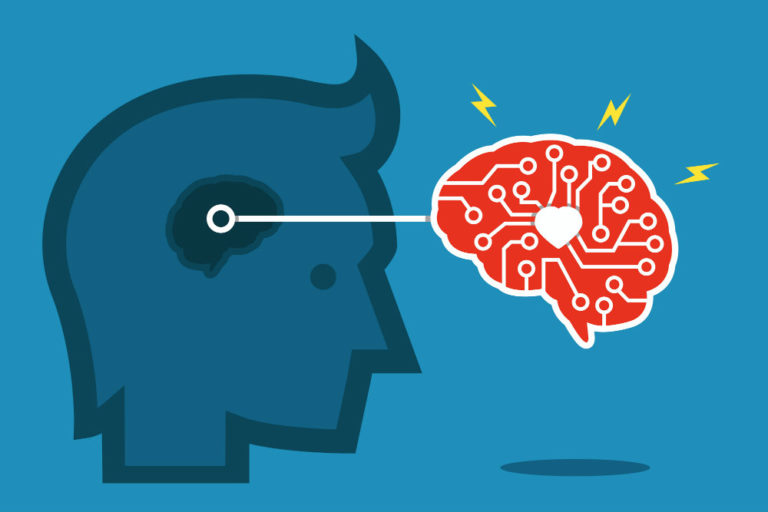Netflix released its latest crime docs-series, “How to Fix a Drug Scandal,” on April 1, 2020. The crime series centers around the crimes of Sonja Farak, a chemist at Amherst Lab, a Massachusetts state drug lab. The Netflix series explores the issues within the criminal justice system and exposes her crimes and her drug consumption at the workplace ten years ago.
In 2004, Sonja Farak began working at the Amherst Lab. The 26-year-old from Portsmouth, Rhode Island, had some mental health issues and struggled with depression. Over the next decade, she would consume nearly all of the drugs she was hired to test. Sonja Farak would later tamper with evidence to not get caught.
Farak, a chemist responsible for testing drug authenticity was hired by police departments across the area. She was responsible for testifying on the stand about her results because her testimony was considered critical to the prosecutor’s criminal cases.
The Attorney General’s Office of Massachusetts reports the Amherst Lab created a set of standards to use as references. These “standards” included the following:
- Heroin
- Cocaine
- Methamphetamine
- Oxycodone
- LSD
Farak testified she started consuming these lab standards “on a fairly regular basis” a few months after she started working at Amherst Lab. She says she explained “curiosity” got her interested in methamphetamine and enjoyed the “energy boost” she got from taking the job.
In early 2005, she started taking methamphetamine every morning, and over the next four years, she would take it multiple times per day. By 2009, the lab’s standard was nearly depleted, so she started taking other drugs, including amphetamine and phentermine. Later that year, she started using other drugs, including LSD, MDMA, MDEA, and cocaine.
By 2009, Farak started using police-submitted samples of cocaine and LSD. By 2011, she consumed all of the methamphetamine, amphetamine, and ketamine lab standards, and the cocaine was nearly gone. She then started taking crack cocaine standards and became heavily addicted. According to reports, she was so addicted she began using drugs at her workstation while there were other employees around.
Farak testified by the summer of 202; she started taking from other chemist’s samples and manufacturing crack at her workstation. She estimates she smoked crack 10 to 12 times per day.
By 2013 she was discovered and promptly arrested. The Attorney General’s report explains that on January 17, 2013, another chemist at the lab, Sharon Salem, discovered issues in the drug samples Farak had tested, and several examples were missing. She told her boss, and the two looked into Farak. After searching through Farak’s workstation, investigators found unlabeled drugs and drug paraphernalia, including two missing drug sample bags.
They retested the missing samples and believed Farak had removed the drug and placed counterfeit drugs instead. As a result, Amherst Lab reported the crime to Massachusetts State Police. Once the police discovered additional drugs were missing and replaced with fake drugs, they ordered the closure of Amherst Lab. ON January 19, officers obtained a search warrant to investigate Farak’s car and discovered additional items from the lab, including drugs. Farak was arrested on January 19, 2013.
Initially, Farak pleaded not guilty. Her lawyer, Elaine Pourinski, submitted letters from the community showing her contributions to society, including walking other people’s dogs and helping out neighbors.
However, the January 2013 investigation found worksheets and a diary kept by Farak, which included her drug use. She wrote in one diary entry, “Tried to resist using @ work, but ended up failing.” On another substance abuse therapy worksheet, she wrote: “Going to use phentermine, but when I went to take it, I saw how little (v. little) there is left = ended up not using.”
Despite requests for evidence, the diary was withheld from defense attorneys and a judge for over a year.
On January 6, 2014, Farak pleaded guilty to four counts of tampering with evidence, four counts of theft of a controlled substance from a dispensary, and two counts of unlawful possession of a controlled substance. Farak was sentenced to 18 months in prison, five years of probation, and 500 hours of community service.
Eventually, nearly 8,000 cases handled by Farak were dismissed. After the case broke, the state investigated all the cases Farak handled during the time she was working at Amherst Lab, and when she was taking drugs. However, it was difficult because it’s not clear when Farak started using drugs she was testing.
By 2018, the court dismissed 11,000 convictions in 7,700 different criminal cases as a result of Farak’s drug consumption and tampering with evidence. The Hampden Superior Court judge wrote in his ruling: “It has been startling to see unveiled the amount of damage done by a single lab analyst, Sonja Farak, who placed her selfish wants and needs before her duties as a public servant in a critically important role.”











